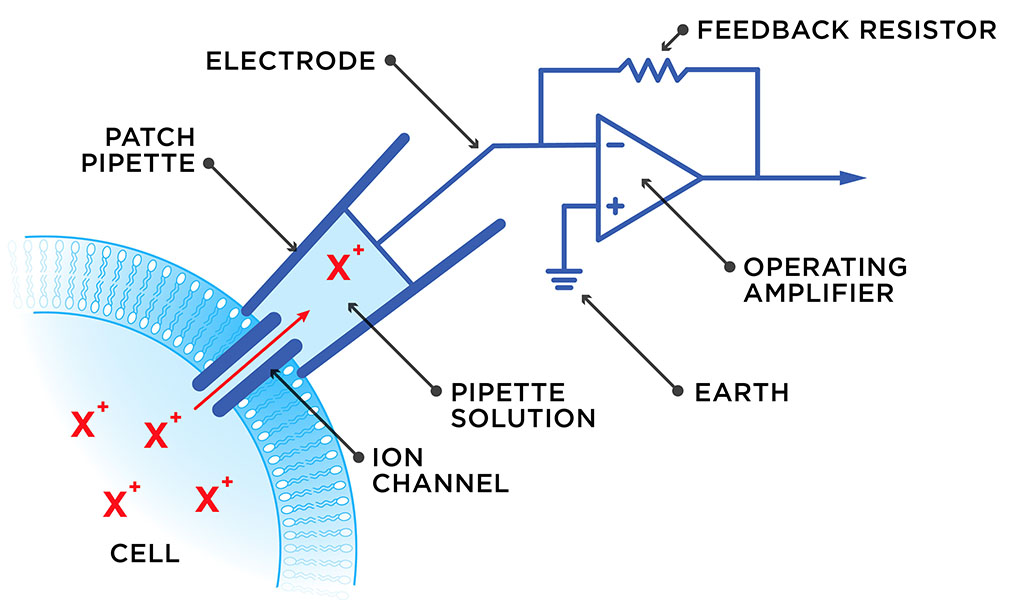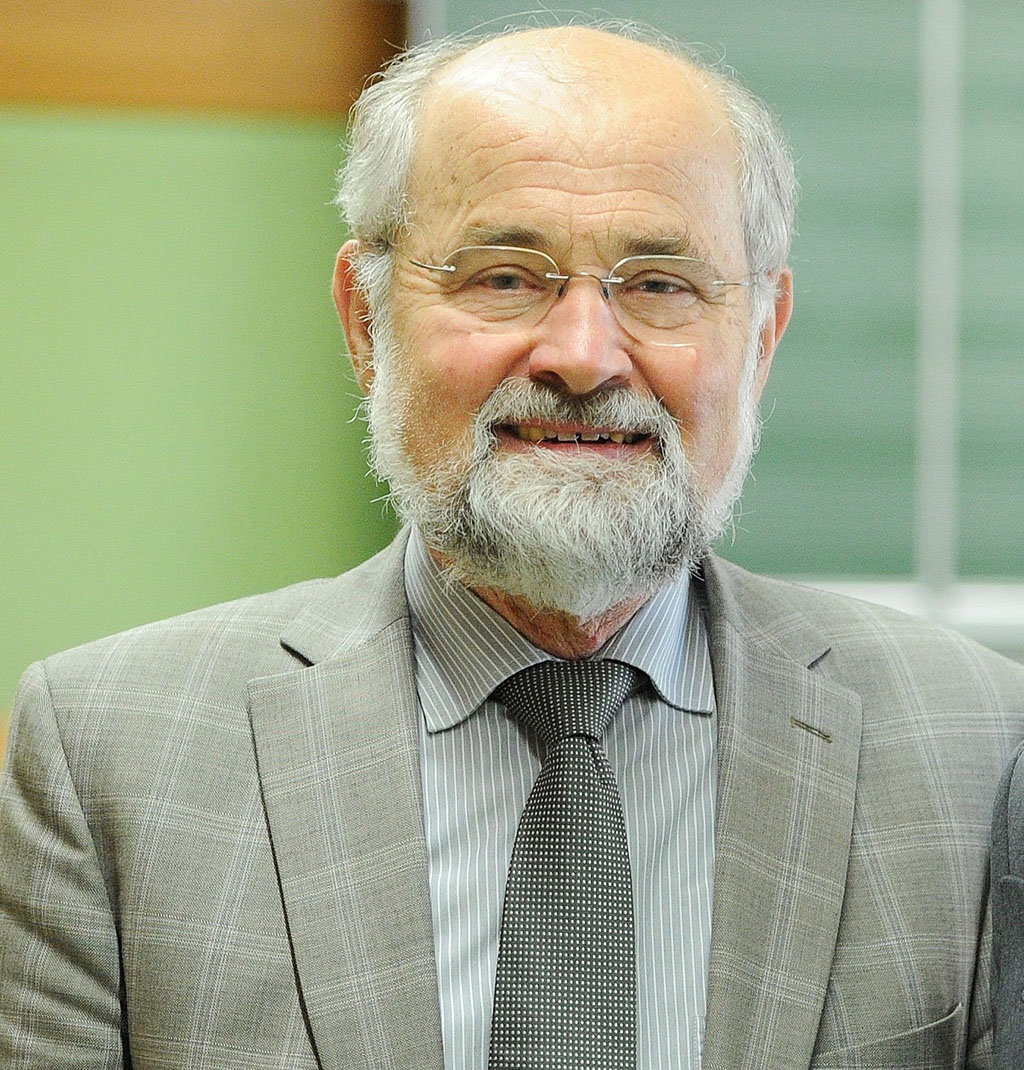Our cellular city networks
Tiny changes are a big deal in human bodies. Understanding how our cells function is vital to understanding how our bodies work and how to prevent disease. It’s also incredibly challenging to study and measure anything at such a small scale.
Professor Erwin Neher is a German biophysicist who is very familiar with some of these challenges. In 1991, together with Bert Sakmann, he was awarded the Nobel Prize in Physiology or Medicine for ‘discoveries concerning the function of single ion channels in cells’. His contributions to biophysics also saw him admitted as a Corresponding Member of the Australian Academy of Science in 2020.
But how did measuring channels in our cells—many with pores only the diameter of a single atom—lead to finding new treatments for diseases like cystic fibrosis, diabetes and epilepsy?
Logistics at the cellular level
Our cells are surrounded by membranes that separate the insides of a cell from its environment. In these membranes are passages called ion channels that allow a cell to communicate with its surroundings and can allow single atoms with electrical charges (ions) in and out.
You could think of each cell as a city surrounded by a border: it needs to make sure there are ways to transport goods and services in and out of its borders, and a way to regulate what’s coming in and what gets kept out.

Prior to Neher and Sakmann’s work in the 1970s, scientists knew this kind of communication between cells occurred, and that different ions were passing back and forth through the cell membrane, but they weren’t sure how. Neher wanted to prove the concept of ion channels by recording the electrical currents from those channels as they open and close. But there was a problem: at the time, there was no good way to measure electrical currents on such tiny scales within a time frame of a few millionths of a second.
Using a new technique of measurement called the ‘patch clamp technique’, they found a way to create a tight seal between a tiny glass tube (a pipette) and a cell membrane, allowing ions to move in or out of the pipette through an ion channel of the cell membrane. The pipette then forms part of an electric circuit, which allows the current to be measured. This technique made measurements highly specific, more reliable and easier to obtain than ever before.

Not only was Neher able to prove for the first time that specific ion channels existed, but the new measurement technique allowed scientists to study them in detail. Neher and Sakmann showed that, by analogy, cells had railways for trains, roads for vehicles and airport runways for planes to service the ‘city’.
The scientists were also able to describe how all these comings and goings were regulated. Some ion channels have a specific ‘sensor’ molecule that physically changes shape in a way that affects the passage of ions through the channel. Other ion channels have a pore only big enough (or small enough) to allow ions of a specific size to fit through. There may also be ring-shaped filters that will only let ions through if they’re positive, but not negative (or vice versa). In our city analogy, it’s why you can’t have a train entering the city via the road, or a car flying into the airport.
Small measurements, big impact
Neher’s work opened up brand new ways to treat a range of diseases by targeting treatments at specific ion channel functions. “Following the development of the patch clamp, researchers worldwide adopted this technique for the study of diseases and drug action,” he says. “Although I never did clinical work myself, this indirectly led to novel medications and improved therapies, which I am proud of.”

The global impact of Neher’s discoveries is impressive for someone who only wanted to prove that ion channels existed. “Our plan was just to prove the concept,” says Neher. “However, it turned out that mutations in ion channels often lead to diseases like cystic fibrosis, so ion channel research became important for pharmacology.”
“The laws of nature do not distinguish between countries and continents. The goal of science is to decipher these laws and scientists share their insights in this respect in a remarkable way.”





